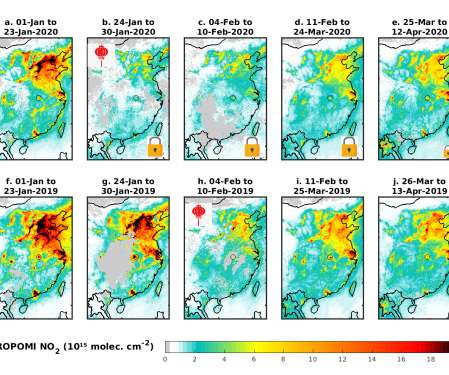UN Review of Recent Climate Research Concludes That Impacts Of Climate Change Coming Faster Than Anticipated
Green Car Congress
SEPTEMBER 25, 2009
Significant climate anomalies 2008/2009. Source: Climate Change Compendium. In 2008, the minimum ice extent was 9% greater than in 2007, but still the second lowest on record. The hole in the ozone layer has had a cooling effect on Antarctica, and is partly responsible for masking expected warming on the continent.
























Let's personalize your content